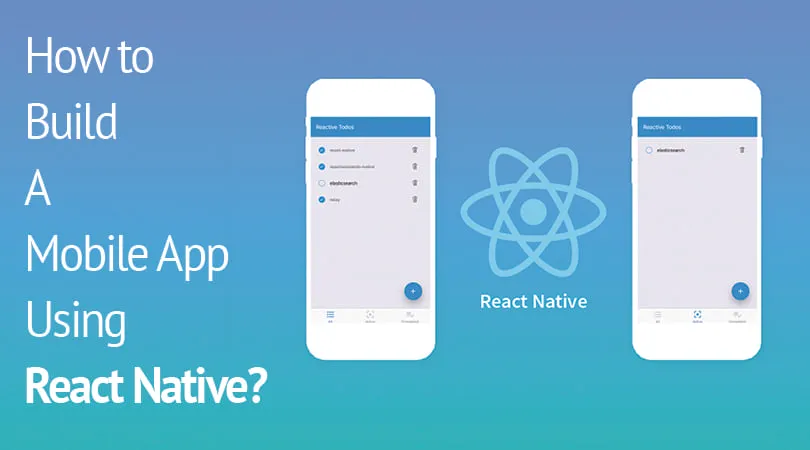Almost every website and every business today has an app. However, some, if not most, apps are not available across all operating systems since it is too time-consuming to build separate apps for all of them.
Cross-platform app development has, therefore, become very popular and React Native is the best of such development tools. You can gauge its usefulness from the fact that applications such as Instagram and Facebook are built using it. All you need is a basic understanding of Javascript and you are set. The rest of the post will tell you how to create a React Native app.
Building the Mobile App
There are two main parts to building an app. The first step is installing React Native and building the project. The second step is where you get into the specifics of the application and customize it per your needs.
Building the Project: Whether you have a macOS, Windows or Linux, you will need to install a Node and a React Native CLI (command-line interface). You also need a Java Development Kit or JDK installed.
Once you have installed the React Native CLI, you need to initialize the project. This is the part that will create the basic file structure of your app. You can do this by typing the following in the terminal:
Customize the App
Once you scroll through the files that have been created, you will notice a file called “App.js.”
You need to change the following things to customize the app further.
1. Component: Every visual aspect of your app is a component. Now, a component can be anything such as a picture that doesn’t do anything or it can be a button that takes you to another screen when you tap on it. You can specify the action to be taken as the return value of the render() function.
Some examples of components are – TextInput, Text, Views, ScrollViews, Touchable etc. If you are just starting as an app developer, you can start by creating a single component for the app and play around with it to understand all its intricacies.
2. Styling: You can use StyleSheets to make each component look a certain way. You can think of StyleSheets as being similar to CSS in web development. There are many different ways in which you can change the appearance of a component and the best way to understand this is to go through the React Native documentation.
3. Props: During the running of the app, you will need to pass certain values from the parent component to the child component. This is done using props. Props are basically creation parameters. So, if you have one component that is being used in many different places in the app, but each time with certain different properties, you can use props to achieve this.
4. State: The state is similar to props in the sense that it is data that controls a component. The difference between the two is that props do not change during the lifetime of a child component. But, the state of a component can change over time.
For example, consider you have a TextInput component where the user has to enter some data. Now if it is a one-time input that cannot be changed later, it will be stored in a prop. But if it can keep changing or if the user can retype something, then it will be stored in a state.
Get Started
All that has been covered till now are the most basic aspects of building an app using React Native. You can learn more about it using React Native tutorials, or you can hire app developers to help you.
Seasoned app developers can deliver an extremely professional and well-made app that can meet all your requirements and you wouldn’t have to spend hours learning a new tool to perfect the app.

